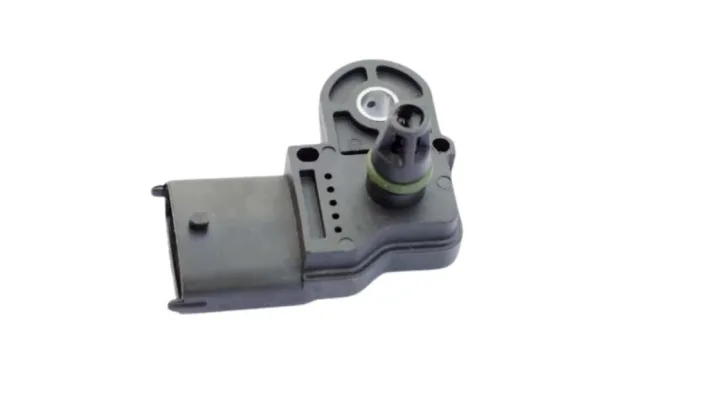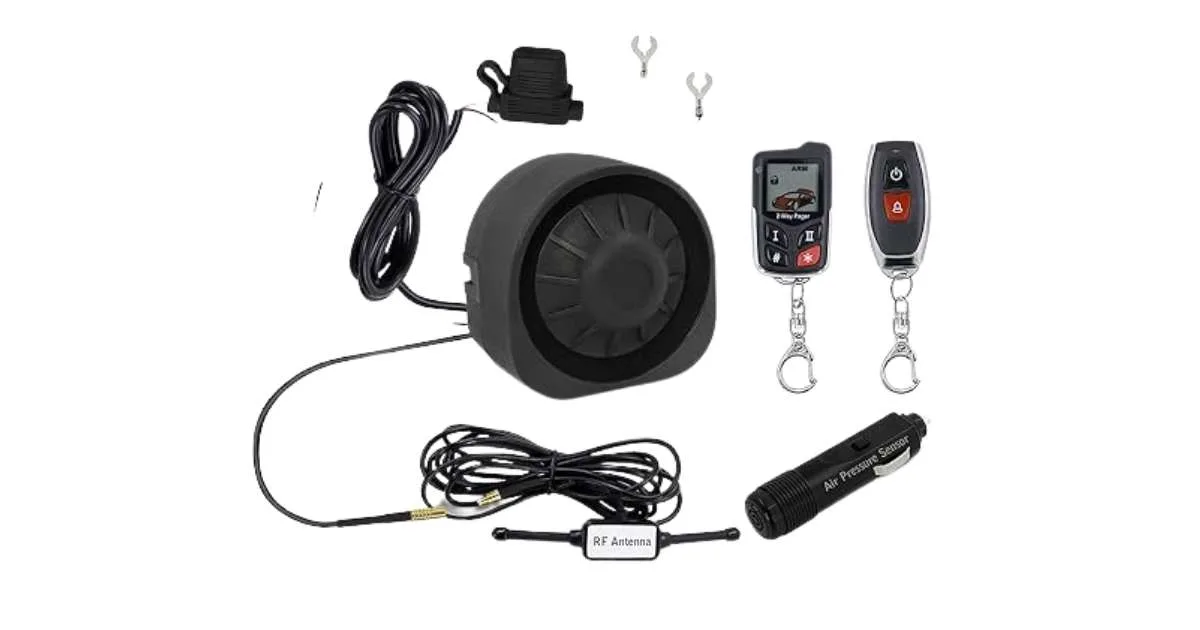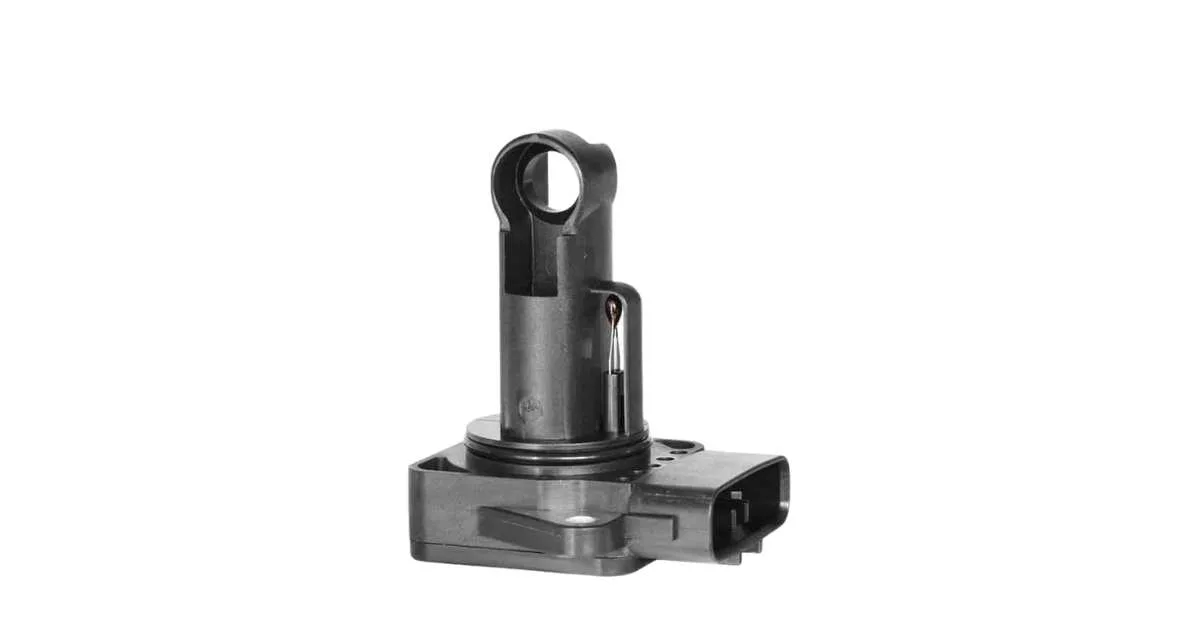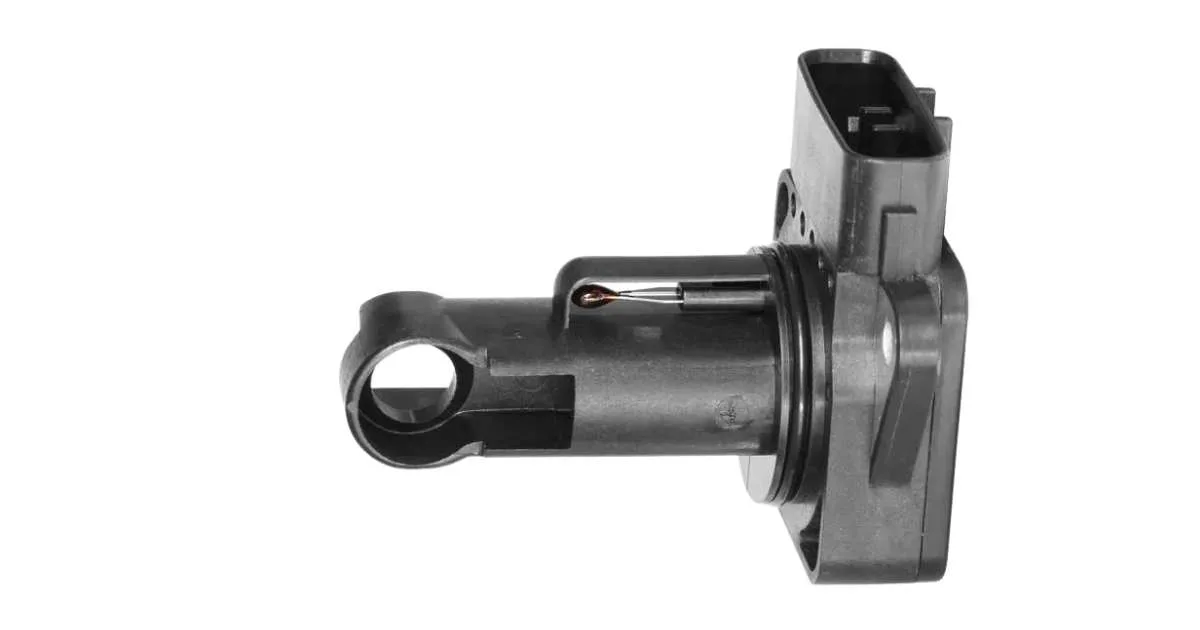
Your car's mass airflow sensor plays a crucial role. It measures the air coming into the engine.
A faulty sensor can lead to a range of engine troubles. This small component's failure can trigger unexpected behaviors in your vehicle. Imagine driving, and suddenly your car starts acting up. You notice poor fuel economy, rough idling, or maybe your engine just doesn't feel right.
These could be signs that your mass airflow sensor isn't working as it should. This vital part helps your car's computer figure out the right mix of air and fuel for the engine. If it goes bad, you might face reduced power and efficiency, and even risk damaging other engine parts. Our cars are complex machines, and even one small part can make a big difference. So let's dive into what really happens when a mass airflow sensor goes bad and how it affects your ride.

Credit: www.youtube.com
Introduction To Mass Airflow Sensor Failure
Your car's health hinges on many components, and the mass airflow sensor is key. This sensor's failure can disrupt engine function and performance. Let's explore the role of this sensor and the signs of its failure.
Role Of The Mass Airflow Sensor In Engine Performance
The mass airflow sensor, or MAF, is critical for your engine's mix of air and fuel. It measures the air coming into the engine. The engine computer uses this info to balance fuel injection. A good MAF ensures efficiency and power.
Symptoms Of A Faulty Mass Airflow Sensor
A bad MAF can cause various issues. Your car might stall, jerk, or lose power. Fuel economy can drop. The engine may run rich or lean. You might see a check engine light. The symptoms are clear and need quick attention.
- Engine stalls or hesitates
- Reduced fuel efficiency
- Irregular throttle response
- Check engine light appears
- Engine runs rough, rich, or lean
 Diagnosing The Problem
Diagnosing The Problem
Diagnosing The Problem
Understanding why your car acts up starts with diagnosing the problem. A faulty mass airflow sensor is a common culprit. This sensor measures the air coming into the engine. The right amount of air helps your car run smoothly. Too little or too much, and problems start. Let's dive into how to figure out if this sensor is the issue.
Common Diagnostic Techniques
First, check the sensor itself. It might be dirty or damaged. A quick visual inspection can tell a lot. Next, listen to your car. Strange sounds often signal trouble. Also, a sudden change in fuel efficiency hints at sensor issues. Don't forget to check for leaks. Air escaping where it shouldn't can cause big problems.
Interpreting Diagnostic Codes
Modern cars tell you when something's wrong. They use diagnostic codes. A tool called an OBD-II scanner reads these codes. The scanner connects to your car. It then shows codes that point to the problem. Each code has a meaning. Some codes specifically mention the mass airflow sensor. These codes help narrow down the issue. Remember, understanding the problem is the first step to fixing it.
Immediate Consequences Of Sensor Failure
A mass airflow sensor (MAF) plays a crucial role in your car's performance. When it fails, the effects are immediate. Your engine may run rough, stall, or lose power. It’s vital to understand the immediate outcomes to keep your vehicle running smoothly.
Effects On Engine Efficiency
With a bad MAF sensor, your engine struggles. It can't measure air intake accurately. This leads to poor fuel mixtures. Your car may use more gas and lack power. It's like running with a blocked nose. The engine needs the right air-fuel balance to work well.
Potential For Increased Emissions
Faulty sensors mean more than just inefficiency. They can cause your car to emit more pollutants. Unchecked emissions harm the environment. They can also lead to failed emissions tests. It's important to fix sensor issues quickly to avoid these problems.
Long-term Impact On Vehicle Health
A bad mass airflow sensor can harm your car over time. It can lead to rough idling, stalling, and even failure to start. But the long-term effects can be more severe. Let's explore how a faulty sensor can impact your vehicle's health in the long run.
Risks To The Catalytic Converter
The catalytic converter is key in reducing emissions. A bad sensor sends the wrong air-fuel mix, causing the converter to overwork. This can lead to:
- Overheating: Excess fuel burns in the converter, raising temperatures.
- Damage: High heat can melt internal components.
- Failure: A failed converter leads to costly repairs.
Overall Wear And Tear
Every car part works together. A bad mass airflow sensor affects overall performance. This leads to:
- Poor fuel economy: Your car uses more gas.
- Reduced power: Acceleration suffers as the engine struggles.
- Engine wear: Incorrect air-fuel mix can cause early wear.
Take care of sensor issues early to avoid these long-term problems.
 Troubleshooting At Home
Troubleshooting At Home
Troubleshooting At Home
Troubleshooting your car's mass airflow sensor at home can save time and money. A bad sensor affects engine performance. Let's explore how to diagnose and fix issues. Remember, safety first. Always work in a well-ventilated area.
Cleaning The Mass Airflow Sensor
Often, a dirty sensor causes problems. Cleaning it is simple. Follow these steps:
- Turn off your car. Make sure it's cool.
- Locate the sensor. It's near the air filter box.
- Remove the sensor carefully. Use the right screwdriver.
- Use a special cleaner. Spray it on the sensor.
- Let it dry. Don't touch the sensor with your hands.
- Put the sensor back. Tighten the screws.
- Start your car. Check if it runs better.
Note: Never use water or other cleaners. They can damage the sensor.
When To Seek Professional Help
Sometimes, cleaning doesn't fix the problem. Look for these signs:
- Engine lights stay on.
- Car stalls or has trouble starting.
- Fuel economy gets worse.
- Engine makes strange noises.
If you see these signs, it's time to call a pro. They have tools and skills to fix it right. Don't wait. A bad sensor can cause bigger problems.
Working on your car can be rewarding. But know when to seek help. Your car's health is important. Keep it running smooth.
The Repair Process
Notice your car acting strange? It might be the mass airflow sensor. This part is key to your engine's health. It tells how much air is coming in. When it fails, your car won't run right. Let's talk about fixing it.
Choosing The Right Replacement Part
First, you need the right part. Cars are picky. They need the correct sensor. Get one made for your car's make and model. It ensures a smooth fit and easy work.
Steps For Proper Installation
Ready to install? Great! But take care. It's a delicate job. Follow these steps:
- Disconnect the battery: Safety first. Keep sparks and power away.
- Locate the sensor: It's in the air duct. Find it before you start.
- Remove the old sensor: Take it out gently. Use the right tools.
- Check the connector: It should be clean. No dirt, no oil.
- Put in the new sensor: Slide it in place. Be gentle, no force.
- Reconnect the battery: Power up. You're almost done.
- Test your work: Start the car. Listen. Is it running smooth?
Done right, your car will thank you. It'll run better. You'll save on fuel. And your engine will last longer. So take your time. Do it right. Your car deserves it.
Preventative Measures
Keeping your car's mass airflow sensor in good shape matters. It helps your engine run smoothly. Think of it like your car's lung. If it fails, your car struggles, just like you would. Let's explore ways to prevent this vital part from going bad.
Regular Maintenance Tips
First, keep your air filter clean. A dirty filter can damage the sensor. Change it based on the car's manual. Also, keep the area around the sensor dust-free. Use the right cleaning solution and be gentle. This prevents dirt from entering the sensor. Lastly, get your car serviced on time. Pros can spot issues early on.
Signs To Watch Out For
Stay alert for warning signs. If your car stalls or idles roughly, take note. A sudden drop in gas mileage is another clue. Also, if your car struggles to accelerate, the sensor might be the cause. These signs mean a trip to the mechanic is due. Catching problems early can save you money and trouble.
 Financial Considerations
Financial Considerations
Financial Considerations
Let's talk about the financial side of a bad mass airflow sensor on a car. Knowing costs and value is key.
Cost Of Repair Vs. Replacement
A bad sensor affects your wallet. But how much? Let's see.
- Repair might be cheaper. It's fixing the current sensor.
- Replacement means getting a new sensor. It costs more.
Prices vary. It depends on the car model and the mechanic. But here's a rough idea:
| Option | Cost |
|---|---|
| Repair | $100 - $200 |
| Replacement | $200 - $400 |
Think about your budget. What's best for you?
Understanding The Value Of A Functioning Sensor
A good sensor is important. It helps your car run well. Saves fuel too. So, a working sensor means:
- Better car performance.
- Less fuel waste.
- Money saved in the long run.
A broken sensor costs more over time. Think fuel waste. Think engine issues.
Investing in a good sensor is smart. It keeps your car healthy. And it saves money.
Navigating Warranty And Insurance
Mass Airflow Sensor Failure can lead to a cascade of car troubles. It affects engine performance and fuel efficiency. The right steps can save time and money. Learn about warranty and insurance for this key issue.
Checking Your Warranty Coverage
First, review your car's warranty. Warranty terms vary by manufacturer. A comprehensive warranty may cover the sensor repair or replacement. Keep all service records. They prove regular maintenance, which is crucial for warranty claims.
- Locate your warranty document.
- Check the coverage period.
- Confirm the parts and conditions included.
- Call the dealer for clarification if needed.
Insurance Claims For Sensor Failure
Insurance coverage for a bad sensor depends on your policy. Standard auto insurance might not cover mechanical failures. Yet, some policies offer additional mechanical breakdown insurance (MBI). MBI may cover the sensor replacement.
- Review your insurance policy.
- Determine if you have MBI.
- Contact your insurance company.
- File a claim if your policy covers the sensor.
Remember, documentation is key for insurance claims. Keep a detailed record of all maintenance and repairs.

Credit: www.advancedautostanwood.com

Credit: advantagequality.com
Frequently Asked Questions
What Are Symptoms Of A Bad Maf Sensor?
A faulty MAF sensor can cause engine hiccups, rough idling, and stalling. You may also notice a significant decrease in fuel efficiency. This happens because the sensor fails to properly regulate the air-fuel mixture.
Can A Car Run Without A Maf Sensor?
While some cars can run without a MAF sensor, it's not advisable. Driving without it leads to poor performance, increased emissions, and potential damage to the engine due to an improper air-fuel mix.
How Often Should A Maf Sensor Be Replaced?
A MAF sensor doesn't have a specific replacement interval. It should last the life of your vehicle, but if symptoms arise or it gets contaminated, it may need to be replaced sooner. Regular inspections can help ensure it's functioning properly.
Will Cleaning My Maf Sensor Improve Performance?
Cleaning your MAF sensor can restore engine performance. Over time, dust and debris can coat the sensor, leading to inaccurate readings. A careful cleaning with a specific MAF sensor cleaner can often rectify issues.
Conclusion
A bad mass airflow sensor affects your car's performance. Expect rough idles, stalling, and fuel inefficiency. Don't ignore these signs. Early detection saves money and prevents further damage. Regular checks keep your car running smoothly. Trust your vehicle's health to a professional.
A well-maintained car gives peace of mind. Drive safe, knowing you've taken the right steps.
Disclosure
Some links may be affiliate links. That means we may earn a small commission at no extra cost to you.